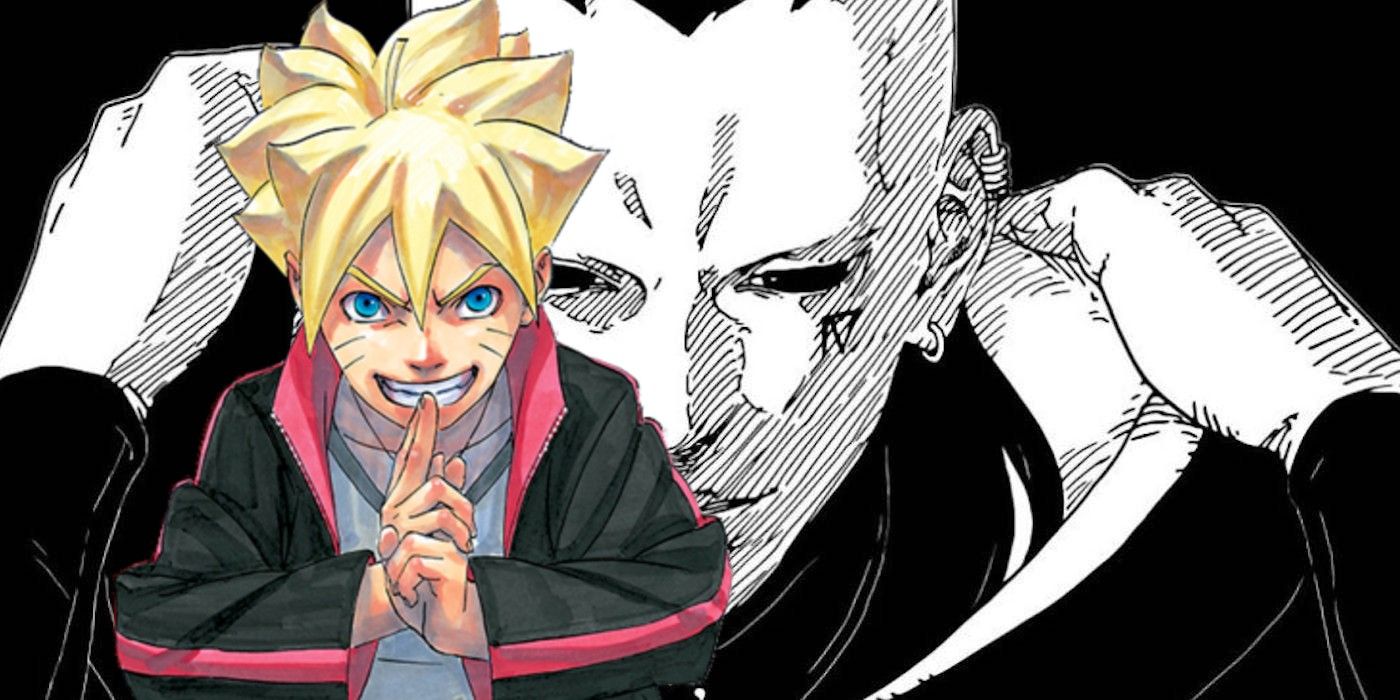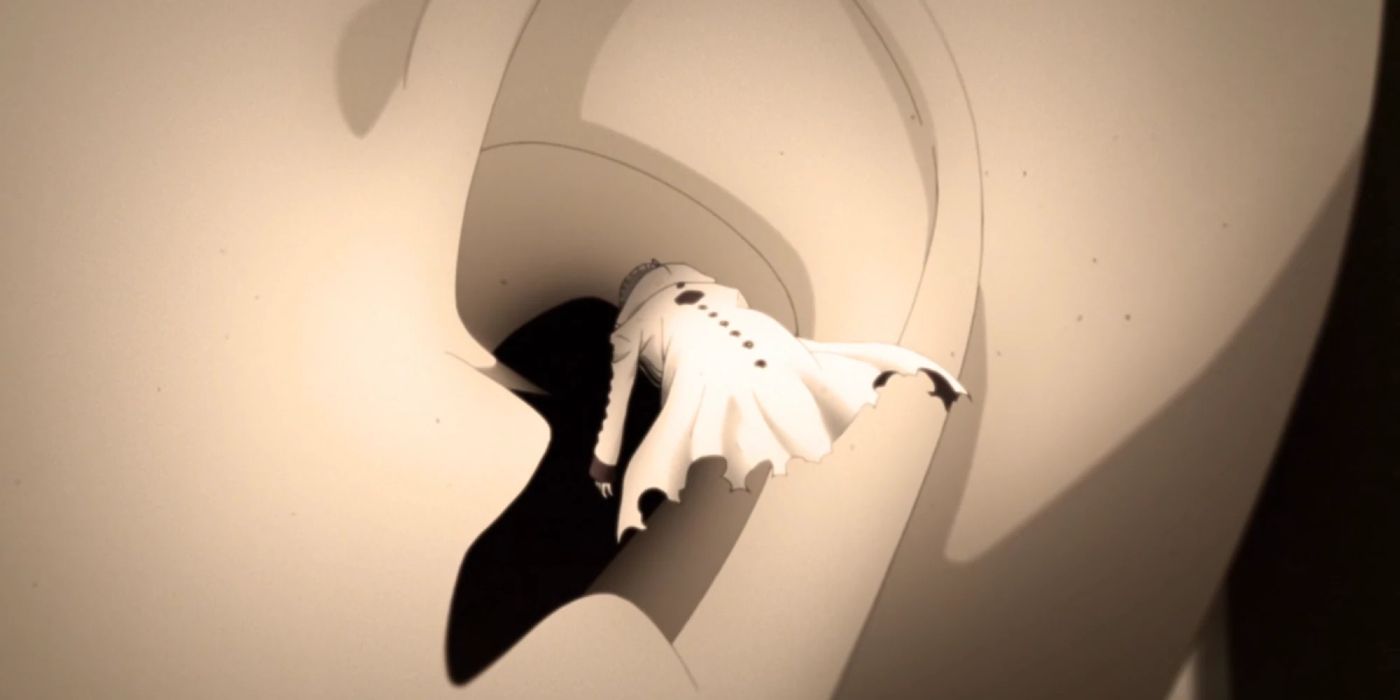Those who are familiar with Masashi Kishimoto's Naruto and Boruto know that the author loves to pull inspiration from Japanese myth and culture. Kishimoto takes these concepts and adapts them to fit into his ninja universe, resulting in some pretty interesting lore and world-building. This trend continues in Naruto's sequel series, Boruto, focusing on a brand new "god-tier" jutsu.
Prior to Boruto, Naruto establishes a powerful clan of ninja known as the Uchiha. The Uchiha play a prominent part in the overall story, and they are well known for being users of some incredibly powerful ninjutsu, all thanks to their familial Mangekyou Sharingan. These jutsu are "god-tier" not only because of their power but because the gods of Japanese myth are their literal namesake. Amaterasu, Tsukuyomi, and Susanoo, to name the main ones, are the most influential deities in Shinto myth.
Naming jutsu after Japanese deities is a trope that Boruto continues, and the series even uses it in a literal sense. The villain Isshiki Otsutsuki uses a jutsu called Sukunahikona, one that allows him to shrink any nonorganic object down to a microscopic size. In Shinto mythology, Sukunahikona (sometimes Sukunabikona) is the son of one of the creation goddesses and is depicted as a dwarf smaller than a thumb. He is associated with healing, brewing sake, and hot springs. Together, Sukunahikona and another god helped build the world and protected humans against disease and wild animals.
Aside from gods, Kishimoto has adapted other aspects of Shinto myth, such as Kurama the nine-tailed fox, albeit with some slight modifications. What makes this instance of Sukunahikona so interesting is that the justu actually correlates alongside its real-world origin. Amaterasu, Tsukuyomi, and Susanoo require an understanding of their stories and nuances to see how the jutsu might align with their mythical counterparts, but it is easy to see with Sukunahikona. The god is a dwarf, and the jutsu shrinks objects. It really doesn't get any more literal than that.
Naruto is a series that is chock full of mythological references and inspirations, and it is great to see Boruto follow suit with that, while also giving fans the most literal adaptation with Sukunahikona. Now that Naruto and Sasuke have been nerfed, Boruto is ready to move on full steam ahead. Hopefully, as the series progresses, there will be more callbacks and adaptations from Shinto religion, not only to further build up Naruto and Boruto's world of ninja and "god-tier" jutsu, but to appeal to mythology buffs everywhere.


